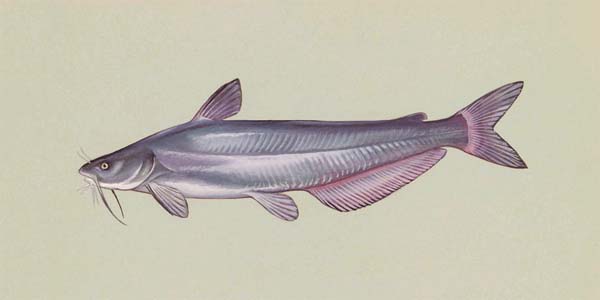Animals in Illinois

Migrating Ducks Near Havana, Illinois
Lewis and Clark and the men of his the party mentioned many animals during the winter of 1803-04. Some men spent every day hunting for meat or fishing. Lewis watched the skies for returning birds in the spring, and sometimes animals came near the camp.
Mammals
White-tailed deer (Odocoileus virginianus)
Opposum (Didelphis viginiana)
Black bear (Ursus americanus)
Rabbits, Eastern Cottontail (Sylvilagus floridanus)
Raccoons (Procyon lotor)
Wildcat (Lynx rufus)
Badger (Taxidea taxus)
Muskrat (Ondatra zibethicus)
Birds
Heath hen or grouse (Tympanuchus cupido)
Turkey (Meleagris gallopavo)
American black duck (Anas rubripes) or common loon (Gavia immer)
(probably double-breasted cormorant (Phalacrocorax auritus) or common loon
(Cavia immer)
Pelicans, American white (Pelecanus erythrorhyncos)
Brant (Branta bernicla) coastal goose
Summer duck, wood duck (Aix sponsa)
A Great Blue Heron (Ardea herodias) was spotted in Wood River in February heading north. Swans, (Cygnus buccinator) Trumpeter, or (C. columbianus) Tundra, pigeons, and geese had also returned to the area.

Blue Catfish
Fish
Channel Catfish (Ictalurus punctatus)
is indigenous to Illinois. A catfish has no scales, but has a spotted skin.
It is recognized by its eight barbels or whiskers. Size varies from two
to twenty pounds, with specimens up to sixty pounds. They thrive as bottom
feeders in clear, fast-flowing water with sand or gravel bottoms.
Insects
Mosquitoes (Culicidae)
The lowly mosquito was to be one of the biggest enemies of the men of the Corps. During their time in Illinois, the winter and spring season afforded a respite from them, although Clark complained about a bad night as early as March 24th. The low areas near rivers, sloughs, backwater lakes, and marshes provided optimum habitat for mosquitoes. Southern Illinois from St. Louis to Cairo was notorious for mosquitoes, fever, and bad health. Here is how Charles Dickens described the town of Cairo, nearly forty years later in 1842:
We arrived at a spot more desolate than any we had yet beheld ... On ground so flat and low ... it is inundated to the house-tops ... a breeding place of fever, ague, and death. A dismal swamp, on which half-built houses rot away ... teeming with rank unwholesome vegetation in whose baleful shade the wretched wanderers ... tempted hither, droop, and die, and lay their bones; the hateful Mississippi circling and eddying before it, and turning off upon its southern course, a slimy monster hideous to behold.
Dickens used this experience in southern Illinois when writing Martin Chuzzlewit.
Crane fly (Tipulidae) or midge (Chironomidae) Bees, honey bee (Apis mellifera), American bumblebee (Bombus americana)
See more images of the animals cited here in the Gallery (5th and 6th album).
Activities:
Using contemporary photographs of the Wood River area and images and descriptions of the animals described above, draw or paint a scene of the river area as you think it would have looked to Lewis and Clark during their stay in late winter to early spring.
Take a field trip to the Wood River area where Lewis and Clark stayed, and photograph marshes, the river, and other residual natural areas that still look similar to how they appeared in 1804.